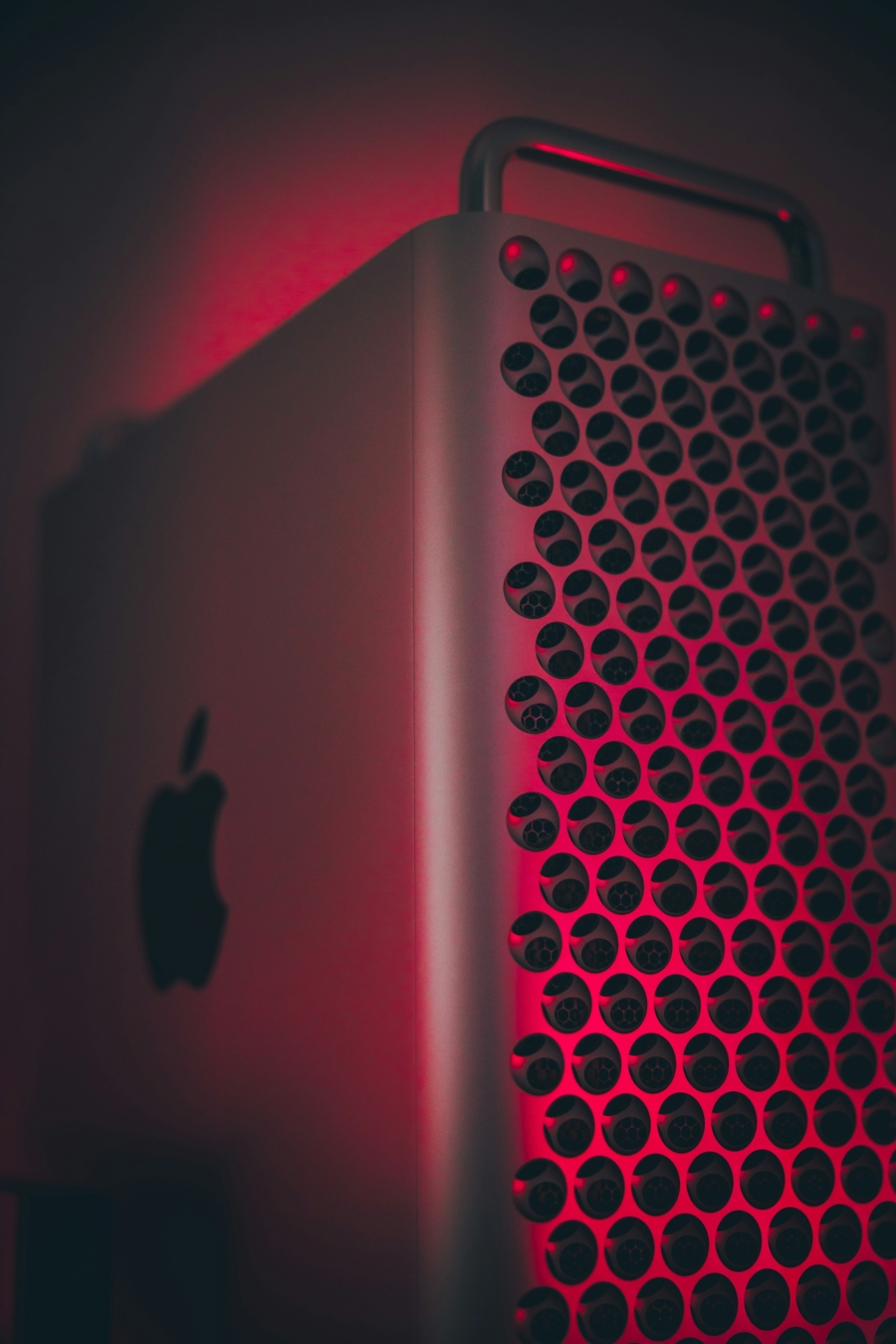Goodbye Intel Macs and Mac Pros
Apple is finally shutting down all Intel support for macOS in coming 2026. macOS Tahoe, or 26, will be the last version to support x86 Macs as know it. Given the timing, it means within a year or so, most users would also need to switch over to Apple Silicon unless they have specific reason to stay with an Intel machine that is no longer receiving software updates. It would also mark the end of Hackintosh endeavor as we know it.
For some contexts, the latest Intel Mac was 2021 MacBook Pro. It will have received roughly 5 years of software support by 2026. I suspect for majority of company-issued computers, 5 years is enough to write it off as fully depreciated in value. However, seeing as 5 years since the first Apple Silicon release is not enough to kickstart the ARM race on the users’ end (e.g. no Bootcamp support) and Apple Silicon’s inability to use eGPU or dGPU yet, it begs the question where does Mac Pro belong in the post x86 era.
Mac Pro, currently still sitting at M2, starts at $6,999. Mac Studio has been refreshed to M4 and starts at $1,999. The price disadvantage alone between Mac Pro and Mac Studio makes prospect buyers question their sanity. With maxed-out M2 Ultra, Mac Pro is sitting at $7,999, whereas Mac Studio, with M3 Ultra, $5,499. The only possible justification for $2,500 worth of gap — assuming Mac Pro with M3 Ultra is on the way — would be PCIe ports on Mac Pro and perhaps cooling system, due its size. The supposed PCIe advantage still begs the question if those needs couldn’t be met with Thunderbolt ports on Mac Studio. Side note, there were some discussions on whether rack-styled Mac Pro would still be more enticing for server farms. As far as I know, Mac Studio, due to its popularity, has quickly gained third party rack mounts, ending the discussion in haste.
The way I see it, there are two options: one. Apple might sneakily announce dGPU support for Apple Silicon, two. Mac Pro lines will be discontinued. One can dream about GPU support returning to future Apple Silicon, not that there are signs of it. If M series chip were to go through such a major change in design, we would have heard some rumors one way or the other. There is also conflicting rumor M4 Ultra or Extreme (i.e. two Ultra in one) may be in line for future, it would also have stirred some leaks as well. Either way, more powerful chip or performance for Mac Pro line seems to be an unlikely.
Mac Pro, as it stands, does not have a place on Apple’s product lines. It lacks merits. The chipset that goes into Mac Pro is two generations behind. Even if it is refreshed to the latest, Mac Studio offers cheaper, yet equally powerful, solution. And, this is true for both Studio and Pro, MacBook Pro with Apple Silicon has become popular enough to cannibalize some of macOS desktop demands. If the refreshed machine is ever to be released, it will need to make a statement of its own.
